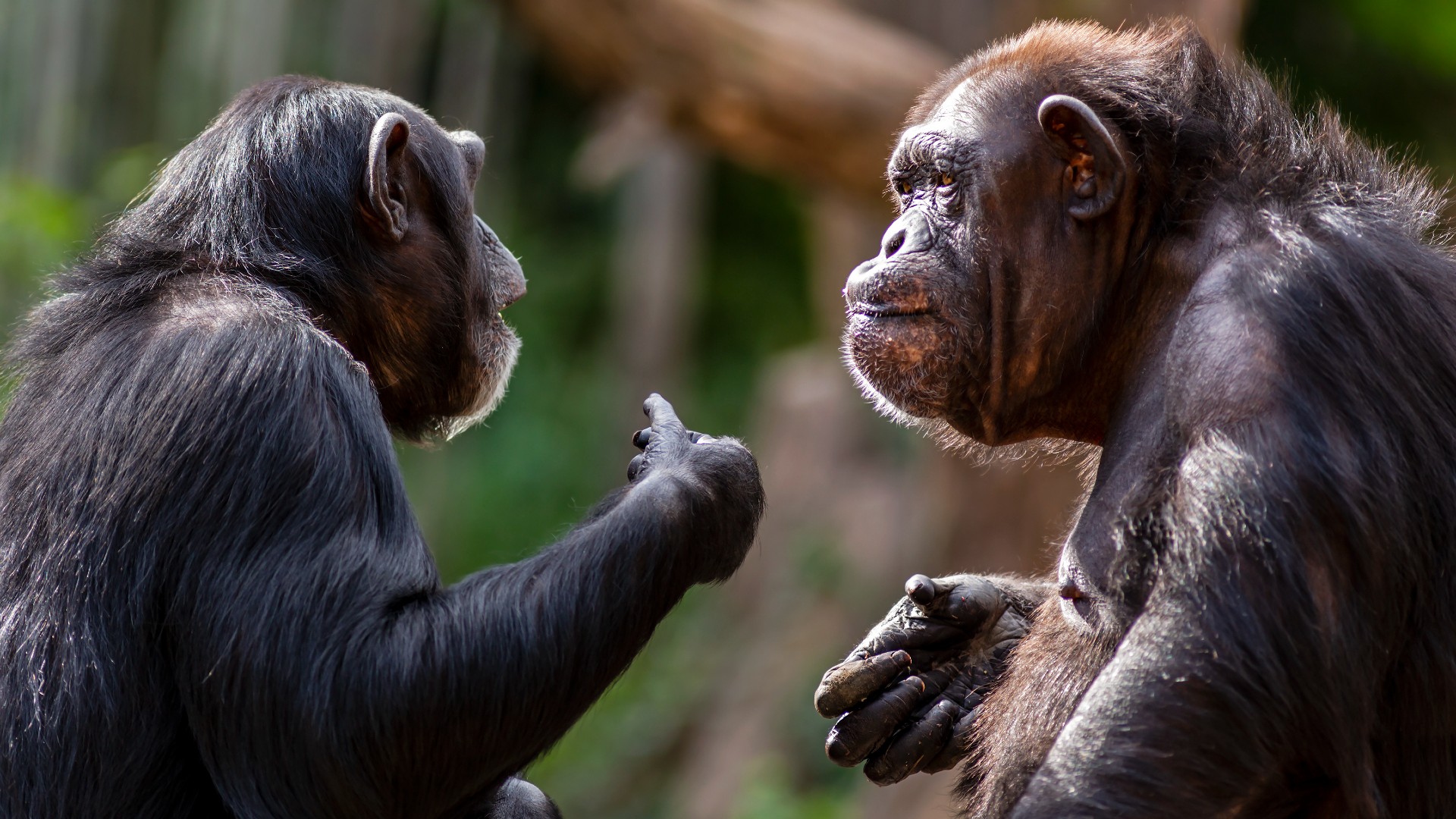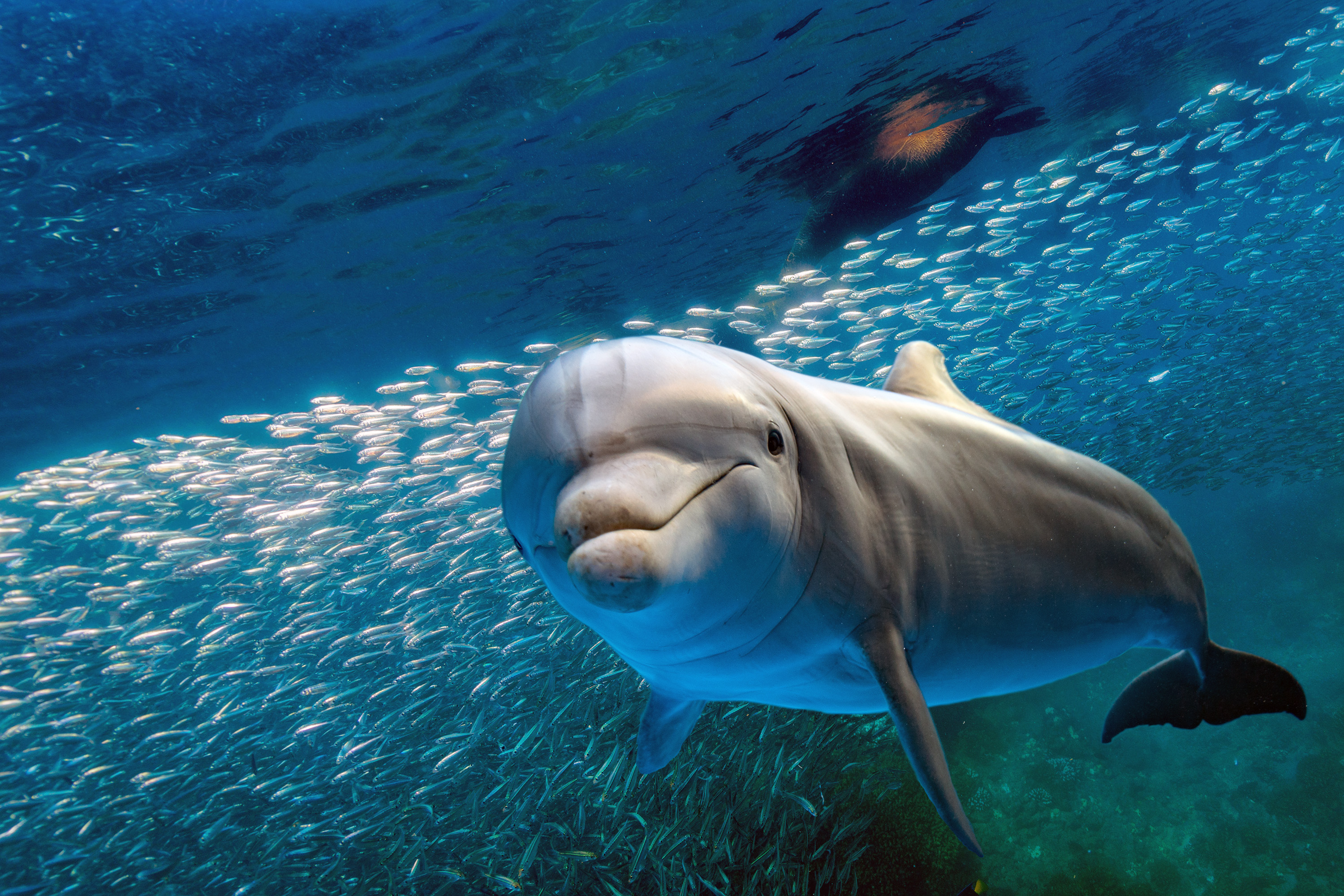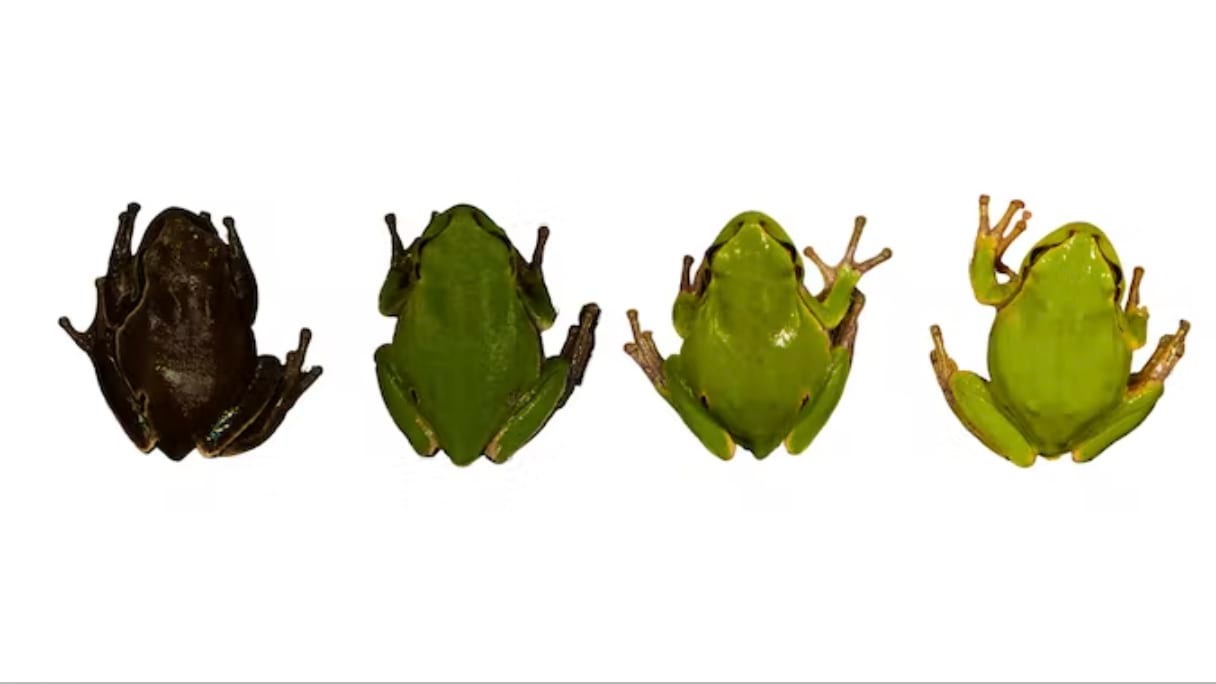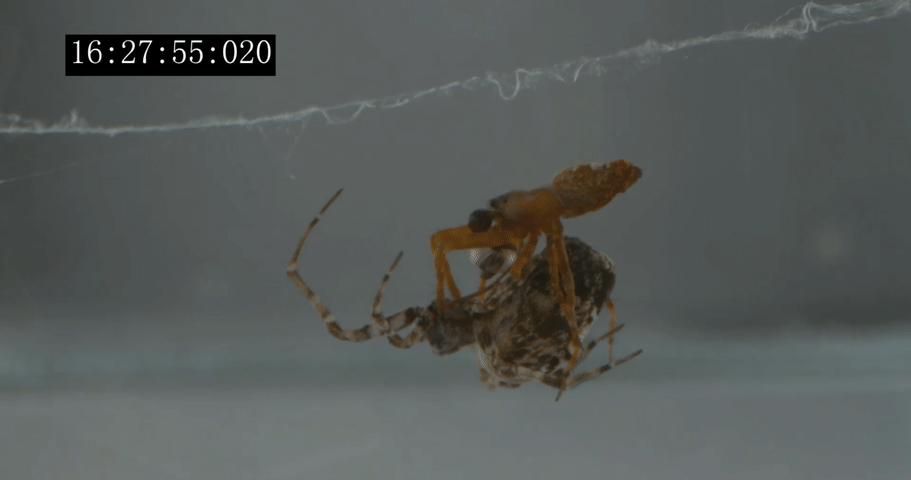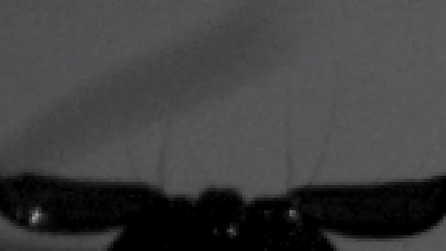12 wild and wondrous animal facts we learned in 2022
Here's 12 amazing (and somewhat disgusting) animal facts.
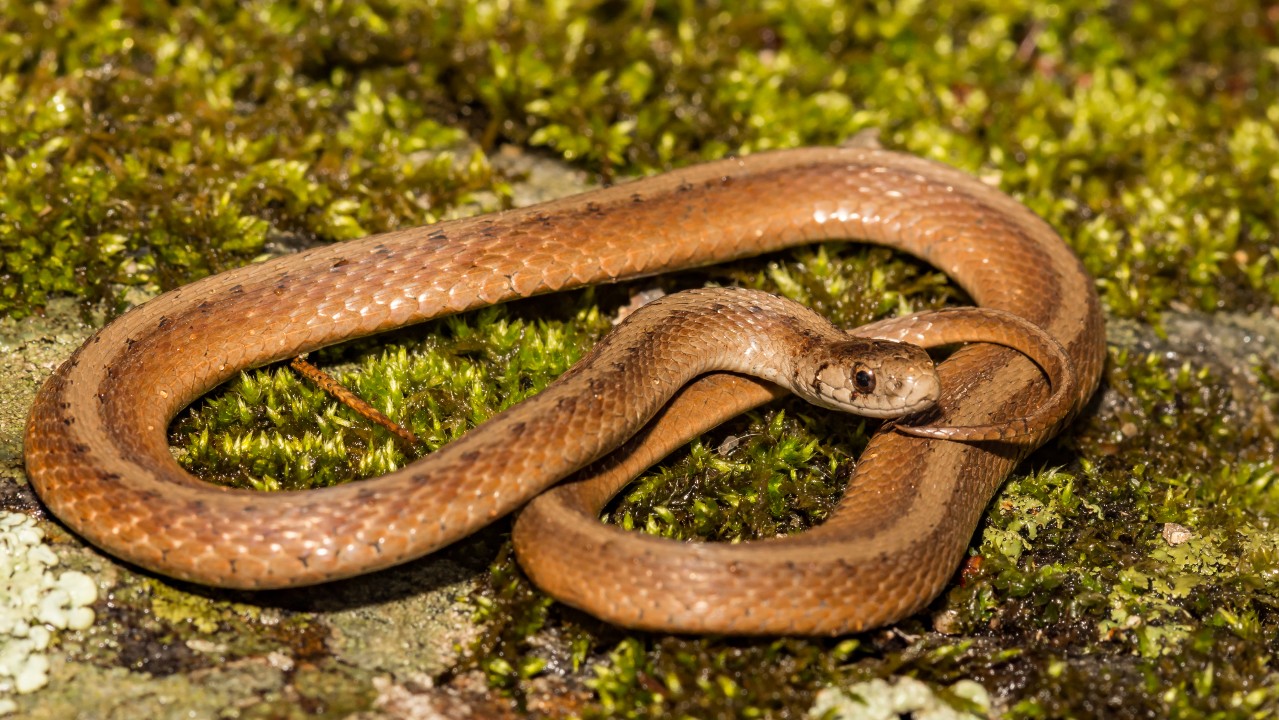
Animals constantly surprise the scientists that research them. With each new study, researchers seem to uncover a never-before-seen survival strategy, physical superpower or mental capability that animals possess. From self-medicating chimps to the snake clitorises, here are 12 stories from 2022 that deepened our understanding of the animal kingdom and its wondrous weirdness.
1. Chimps treat each other's wounds
Scientists captured footage of chimpanzees applying crushed bugs to skin wounds on themselves and others in their community. The team thinks the chimps are trying to treat each other's wounds, although the researchers aren't sure what insects the animals used. The bugs may act as antibiotics, antivirals, pain-relievers or inflammation reducers, they theorize.
2. Scientists finally found the snake clitoris
Researchers recently described the structure of the snake clitoris for the first time. The forked organ, known as a "hemiclitoris," can be found in at least nine snake species. Although the snake "hemipenis" had previously been studied, no one had described an equivalent structure in female snakes, which led some scientists to speculate that the hemiclitoris had either been reduced to a stunted evolutionary remnant or didn't exist at all.
3. Bees may change the weather
Swarming honeybees can produce as much atmospheric electricity as a thunderstorm, a study found. The denser the cloud of bees, the larger the electrical field it can generate. The researchers say it's unlikely that the insects are actually producing lightning storms, but they can still have other effects on the weather.
4. Octopus mom self-destruction
As their clutches of eggs near hatching, most octopus moms will abandon their brood and begin to tear themselves apart, even going so far as to eat their own flesh. Recently, scientists discovered the changes that take place in an octopus mom's body that seem to drive her into this frenzy of self-destruction.
5. Dolphins drink each other's pee?
Bottlenose dolphins taste-test their peers' pee in order to differentiate the identity of one dolphin from another, a study recently suggested. Dolphins also learn to recognize each other's signature whistles, so by using their senses of taste and hearing together, the marine mammals can quickly recognize friends and spot unfamiliar dolphins in their midst.
6. Chernobyl frogs' rapid evolution
Eastern tree frogs with high concentrations of the dark pigment melanin in their skin were more likely to survive the Chernobyl nuclear disaster than their highlighter-yellow counterparts, a recent study suggests. The frogs' dark skin may have helped protect them from the damaging effects of radiation. Today, frog populations within the radioactive contamination zone are significantly darker than those outside the zone.
Get the world’s most fascinating discoveries delivered straight to your inbox.
7. Burmese pythons have super stretchy jaws
Burmese pythons can stretch their jaws incredibly wide thanks to an elastic piece of connective tissue that stretches from the snake's braincase, or cranium, to its lower jaw. In a recent study, scientists found that a 130-pound (59 kilogram) python measuring 14 feet (4.3 meters) long could fit a whole 5-gallon bucket in its mouth. They estimate that larger pythons could potentially fit their mouths over objects more than three times larger in diameter.
8. Crows understand recursive patterns
Researchers found that crows can distinguish paired elements buried in larger sequences, a cognitive ability known as recursion. On tests of the ability, trained crows outperformed monkeys and performed about as well as human toddlers. This result hints that the ability to identify recursive sequences, often considered a defining feature of language, may have initially evolved for other purposes.
9. Spring-loaded spiders
After mating, a male orb-weaving spider will launch his body into the air in order to escape the female, who would otherwise make a meal of him. A recent study revealed exactly how the spring-loaded mechanism in the males' legs works, allowing the spiders to spring upwards at speeds up to 2.9 feet per second (88 centimeters per second).
10. A trap-jaw ant's bite should break its head, but doesn't
A trap-jaw ant's jaws snap shut at speeds thousands of times faster than the blink of an eye, and recently, scientists discovered why this incredible force doesn't shatter the ant's exoskeleton. To build up power, the ants flex massive muscles in their heads to draw their jaws apart and "cock" them against latches. When the jaws unlatch, forces act on either end of each jaw such that neither encounters much friction as they zing through the air.
11. Hippos spew poop tornadoes
Upon hearing the call of an unfamiliar hippo in the distance, hippos will spray dung into the air in a dramatic, territorial display, scientists recently discovered. Hippos can tell a familiar hippo from a stranger by listening to their "wheeze honks," the animals' signature call.
12. Tiny-brained worms make complex decisions
Worms with a mere 300 brain cells can engage in complex decision-making, much to scientists' surprise. The predatory worm species Pristionchus pacificus measures about 1 millimeter in length and competes with the similarly-sized Caenorhabditis elegans for food, although it resorts to eating C. elegans when that food is scarce. Evidence suggests that the worms take a number of factors into account when deciding whether to eat C. elegans or simply intimidate the worm with a nonlethal nibble.

Nicoletta Lanese is the health channel editor at Live Science and was previously a news editor and staff writer at the site. She holds a graduate certificate in science communication from UC Santa Cruz and degrees in neuroscience and dance from the University of Florida. Her work has appeared in The Scientist, Science News, the Mercury News, Mongabay and Stanford Medicine Magazine, among other outlets. Based in NYC, she also remains heavily involved in dance and performs in local choreographers' work.


